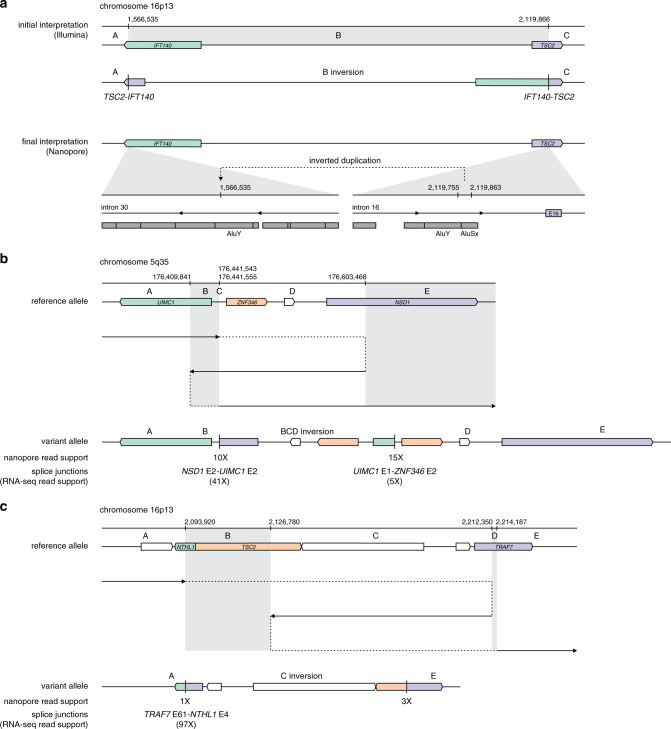Fig. 1. Schematic representations of candidate structural variants resolved using long-read sequencing.
(a) A recurrent event identified in cases 1, 2, and 3 and predicted to be pathogenic was reinterpreted as a likely benign intronic variant based on Oxford nanopore sequencing. Illumina short-read genome sequencing data supported a long-range inversion on chromosome 16p13 with breakpoints in IFT140 and TSC2 (upper), while nanopore sequencing data showed an insertion in intron 30 of IFT140 likely arising from an Alu element in intron 16 of TSC2 (lower). (b, c) A pathogenic complex variant in case 4 (b) and a likely benign variant in case 5 (c) characterized by nanopore sequencing. The path of long-read alignments to the reference genome is denoted by a solid black arrow, indicating the putative direction of DNA replication on the variant allele with dashed lines indicating positions of template switching and reinitiation of replication.

